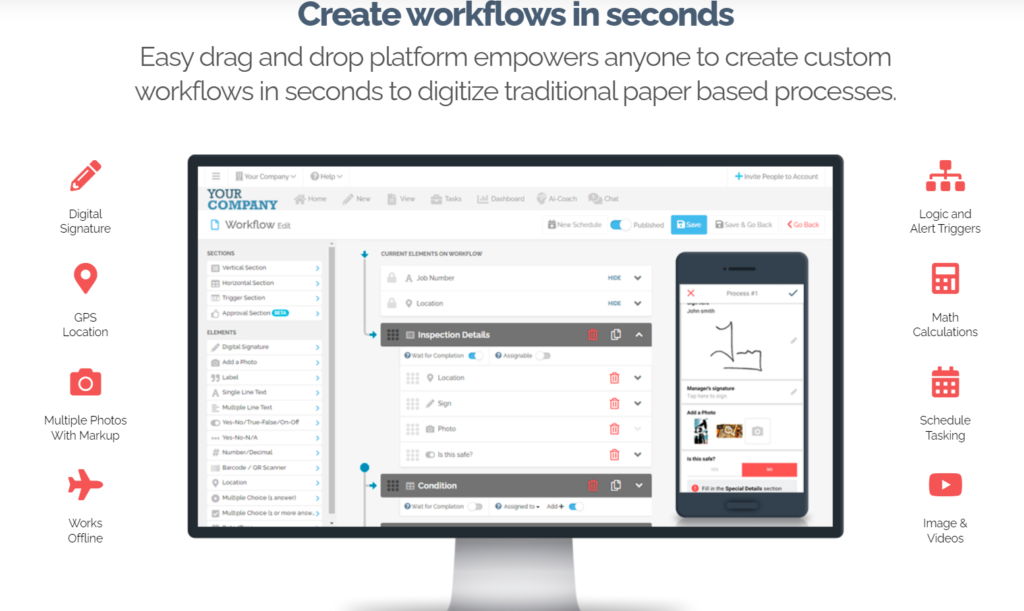The global energy landscape is undergoing a significant transformation. The shift from fossil fuels to renewable energy sources is not only a response to climate change but also a strategic move towards sustainable development. This energy transition poses a significant challenge for the oil sector, which must adapt to survive. FAT FINGER, a digital workflow procedure builder, can play a crucial role in this adaptation process.
The Energy Transition: A Brief Overview
The energy transition refers to the global shift from fossil-based systems of energy production and consumption — including oil, natural gas, and coal — to renewable energy sources like wind, solar, and hydropower. This transition is driven by two main factors:
- Environmental concerns: The need to reduce greenhouse gas emissions and combat climate change.
- Economic and technological developments: The decreasing costs and improved efficiency of renewable energy technologies.

Challenges for the Oil Sector
The oil sector faces several challenges in this energy transition. These include:
- Reduced demand for oil: As renewable energy sources become more prevalent, the demand for oil is expected to decline.
- Stranded assets: Oil companies may be left with significant amounts of “stranded assets” — resources that have lost their value due to changes in the market or regulatory environment.
- Regulatory pressures: Governments around the world are implementing policies to reduce carbon emissions, which could lead to increased costs for oil companies.
Adapting to Change with FAT FINGER

Adapting to these changes requires a strategic approach that includes improving operational efficiency, reducing costs, and embracing innovation. This is where FAT FINGER comes in. With its drag & drop workflow builder, mobile & desktop workflows, dashboards, integrations, augmented reality, IoT device connectivity, and artificial intelligence coaching, FAT FINGER empowers front-line teams to do their work correctly every time.
For example, FAT FINGER’s digital workflows and checklists can be used in various safety, maintenance, and operations areas in the oil sector. These include:
- Safety: Take 5 Safety, Near miss reporting, JSA / JHA, Risk Assessment, Incident reporting, Journey report
- Operations: Material Inspection, Quality Control, Shift Handover, Facility inspection / Production rounds, Line Changeover, Field ticket
- Maintenance: Work Order Checklist, Truck inspection checks, Mobile Asset Inspection, Shutdown / Turnaround form, Preventive maintenance inspection, Predictive Maintenance
By using FAT FINGER, oil companies can streamline their operations, reduce errors, and improve productivity — all of which are crucial for survival in the changing energy landscape.
Conclusion
The energy transition presents significant challenges for the oil sector. However, with strategic planning and the right tools, these challenges can be turned into opportunities. FAT FINGER, with its powerful features and flexible solutions, can play a crucial role in helping oil companies adapt to this change.
Ready to see how FAT FINGER can help your company navigate the energy transition? Sign up for a free trial or request a demo today.


